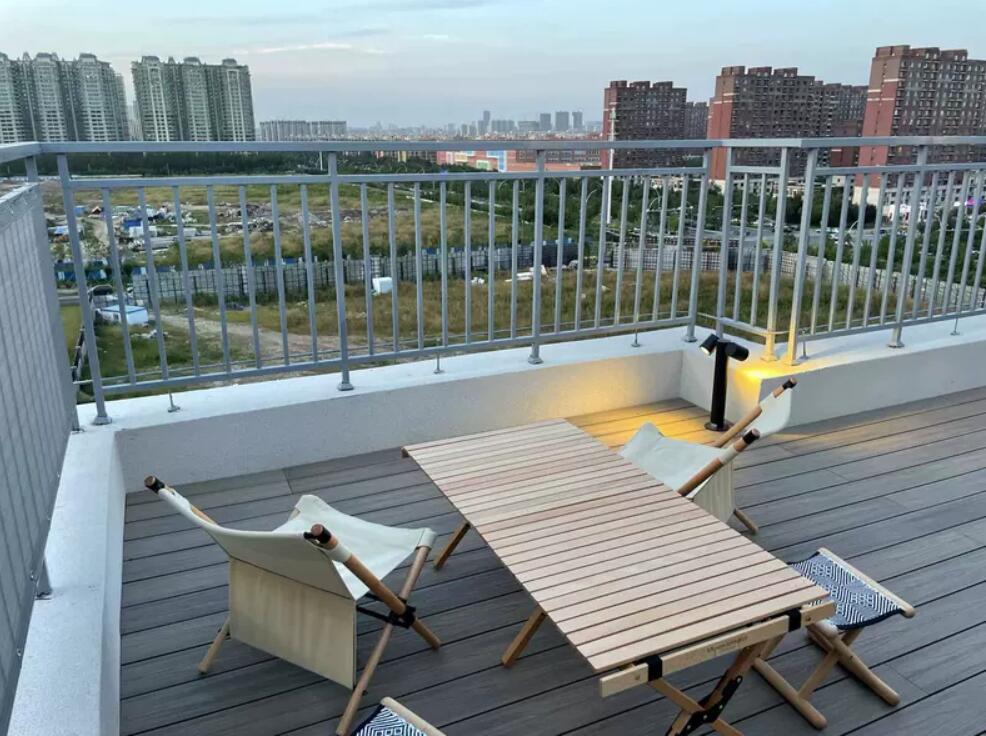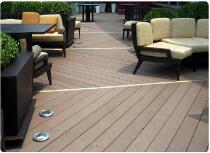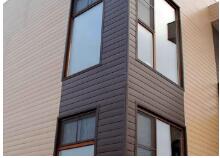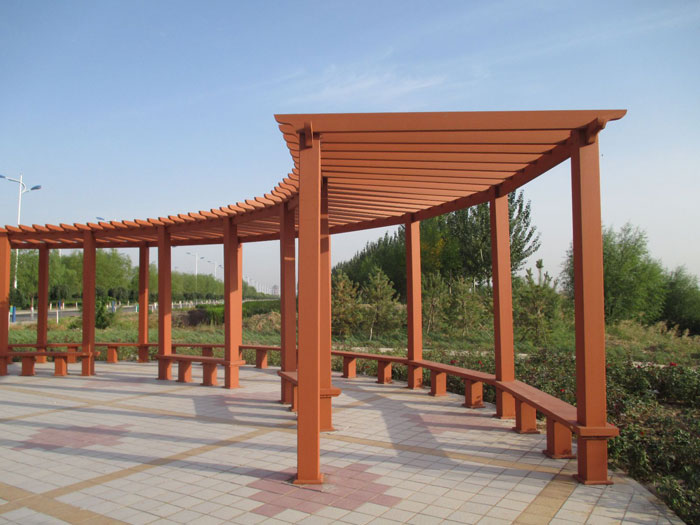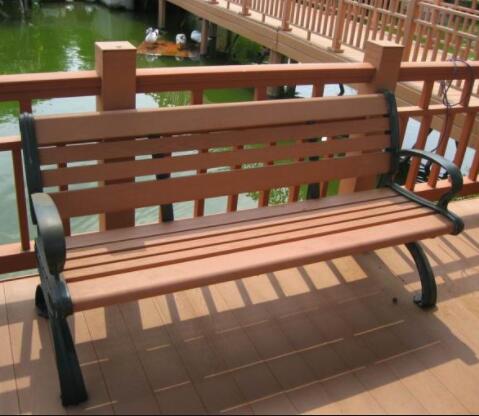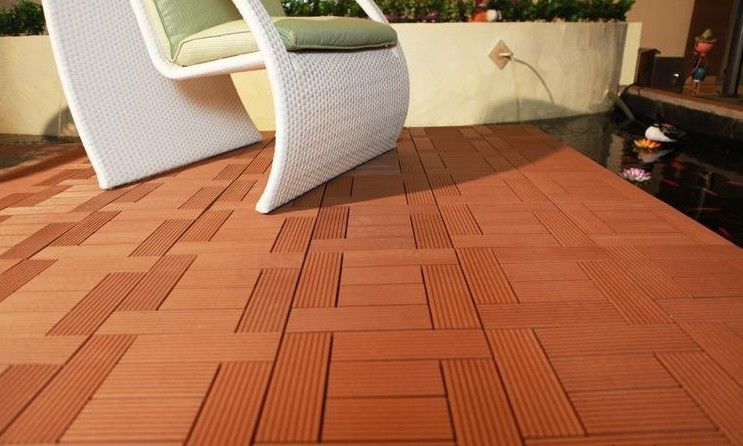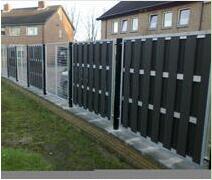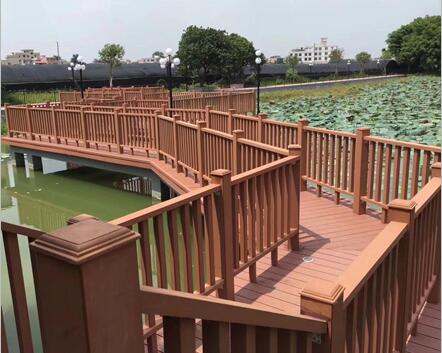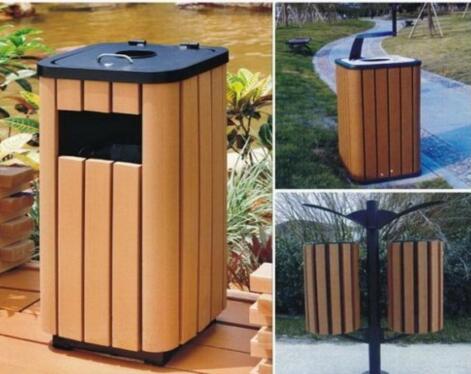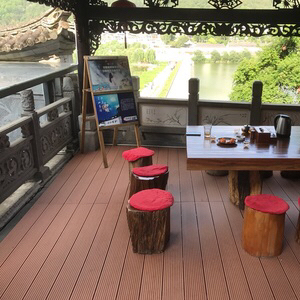WPC (Wood plastic Composite), as a new material, has been widely concerned in the world in recent years.
With its unique performance and aesthetics, it has become the preferred material for flooring, wall cladding, furniture and other fields.
However, in many countries and regions, why is it recommended to import WPC from China? Can’t we import from countries like Vietnam and India? Below, we will explore this issue.
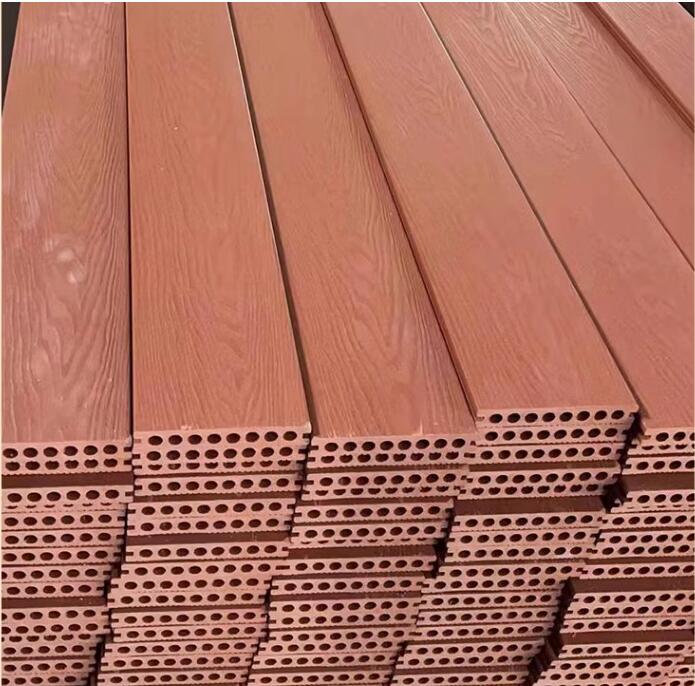
What we need to understand is that the production of WPC is not a simple matter.
It involves mixing wood and plastic to form a new composite material.
This requires production enterprises to have a certain level of technology and production capacity.
Here, China certainly has a distinct advantage.
As one of the world’s largest producers and exporters of WPC, China has advanced production technology and rich raw material resources.
This makes China’s WPC products not only guaranteed in quality, but also more diversified in design and variety.
Whether it is flooring, wall panels or furniture, WPC in China can meet the different needs of customers.

In contrast, although Vietnam and India also produce WPC, there is a certain gap between them and China in terms of technology and scale.
Take Vietnam as an example. Although the country has made some progress in the WPC industry in recent years, the overall level is still not high.
Many companies lack strict quality control and management in the production process, resulting in uneven product quality.
The situation in India is similar. Although some companies can produce high-quality WPC products, overall, their technical level and scale cannot be compared with China.
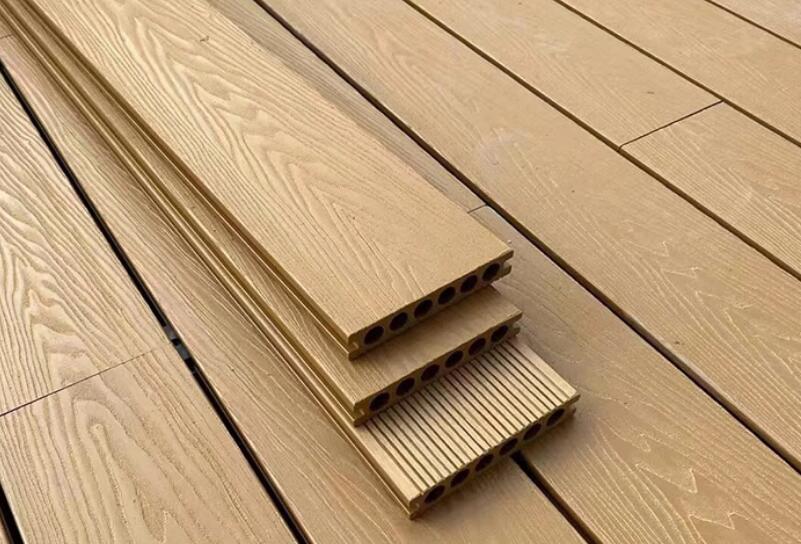
China’s WPC industry has experienced rapid development in recent years. From the initial small workshop production to the current large-scale industrial production, its products have spread all over the global market. With the advancement of science and technology and the promotion of innovation, China’s wpc Decking has significantly improved in terms of quality, design and environmental protection, and has won widespread recognition in the international market. The rise of this industry has not only changed China’s position in the global building materials market, but also made a positive contribution to environmental protection. By continuously optimizing production processes and improving material recycling rates, China’s WPC is becoming a model of sustainable development strategy, leading the green revolution in the building materials industry.
